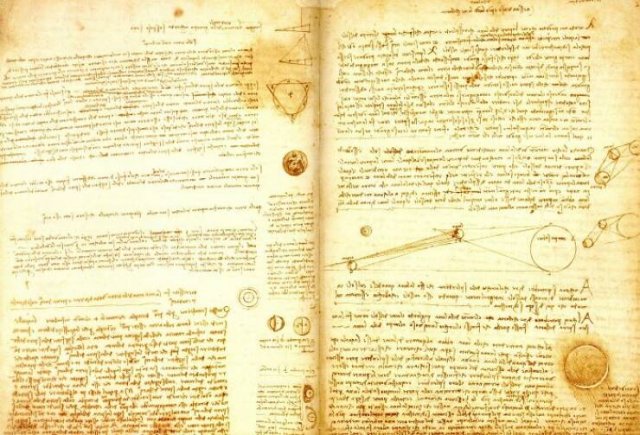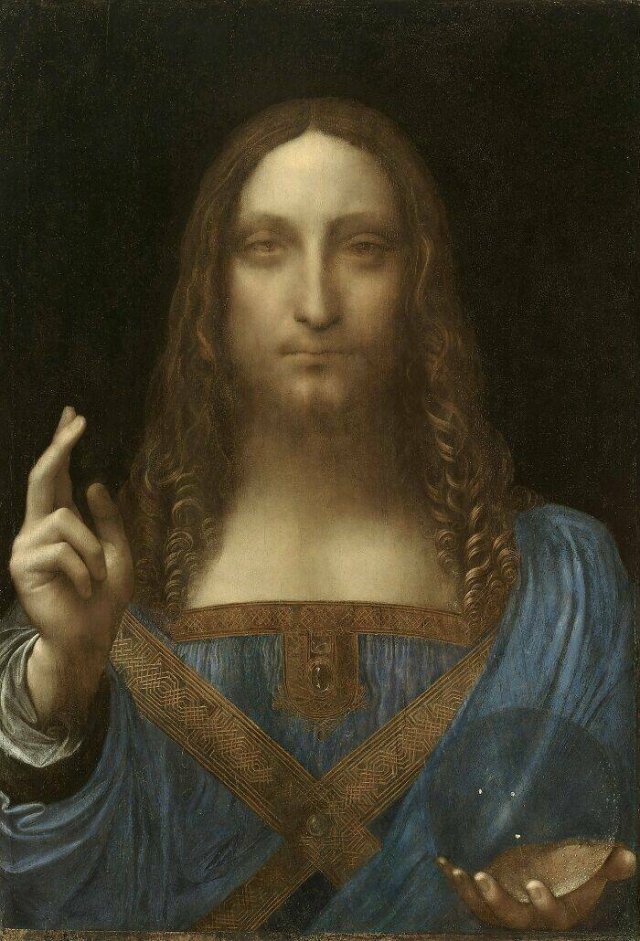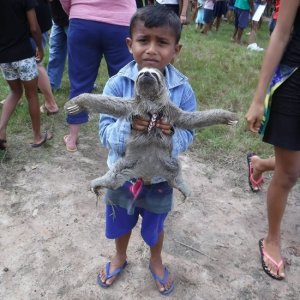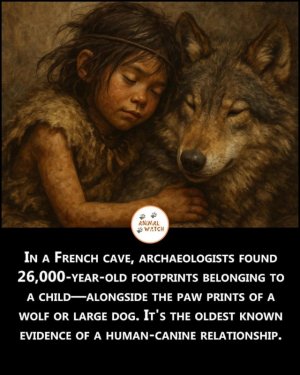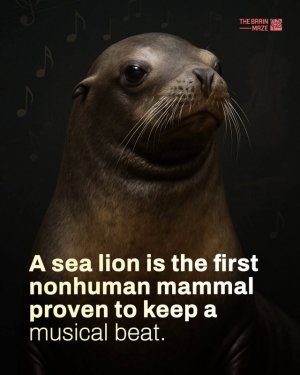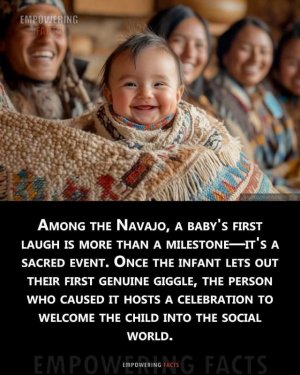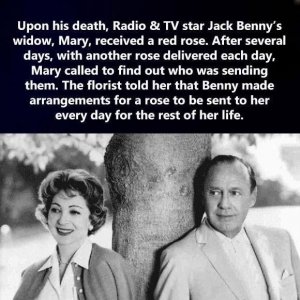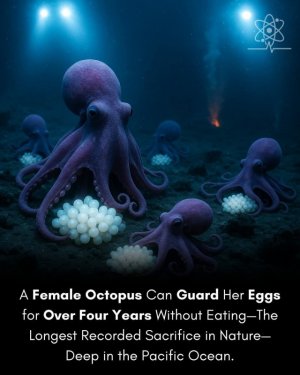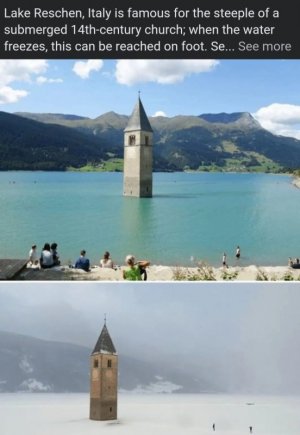jimintoronto
Well-known Member
I have to wonder....How did Lincoln and his business partner deal with the fractional pricing of many of their products, and services ?? Having a price of 12.5 cents for whisky, plus lodging at 12.5 cents, and horse feed at 12.5 cents and 25 cents for a meal, must have required a careful accounting sheet behind the bar.Abraham Lincoln Owned A Tavern
Back before he was President, Abraham Lincoln was a lawyer. And before he was a lawyer, he was something else entirely—a bartender.
In January 1833, he partnered with his friend from his militia days, William F. Berry, to purchase a small store, which they named Berry and Lincoln. Stores could sell alcohol in quantities greater than a pint for off-premises consumption, but it was illegal to sell single drinks to consume at the store without a license. In March 1833, Berry and Lincoln were issued a tavern, or liquor, license, which cost them $7 and was taken out in Berry's name. Stores that sold liquor to consume on the premises were called groceries.
Half pints of French brandy for 25 cents, peach brandy for 18.75 cents, and apple brandy for 12 cents. Half pints of Holland gin cost 18.75 cents, while domestic gin was 12.5 cents. Wine cost 25 cents, rum was 18.75 cents, and whiskey was 12.5 cents. They could also sell food—breakfast, dinner, and supper were each 25 cents—and put people up for the night. Lodging was 12.5 cents per night, and horses could stay for 25 cents, with feed going for 12.5 cents. Takeout meals for stage passengers cost 37.25 cents, and they also sold beer and cider.
Later on, as President, Lincoln hired a "stand in man" who served in the Union Army in his place. Lincoln paid the volunteer replacement soldier $ 400 as an act to encourage others who had received a Draft Notice, to hire a stand in, to serve in their place. At that time, it was perfectly legal for a wealthy American to hire a military stand in, who would be paid a "signing bonus" plus get paid by the Union Army unit they actually served in, plus a "death bonus " if he died in service, either in combat or of illness. That practice brought an estimated 30 to 40 thousand Canadian born men to enlist in the Union Army during the Civil War time period.
Some US Union Army units, from States that bordered Canada, had entire 100 man companies made up of Canadians, mostly from Ontario, Quebec, Nova Scotia, New Brunswick, and Prince Edward Island. A few joined the Confederate Army. JIM.


